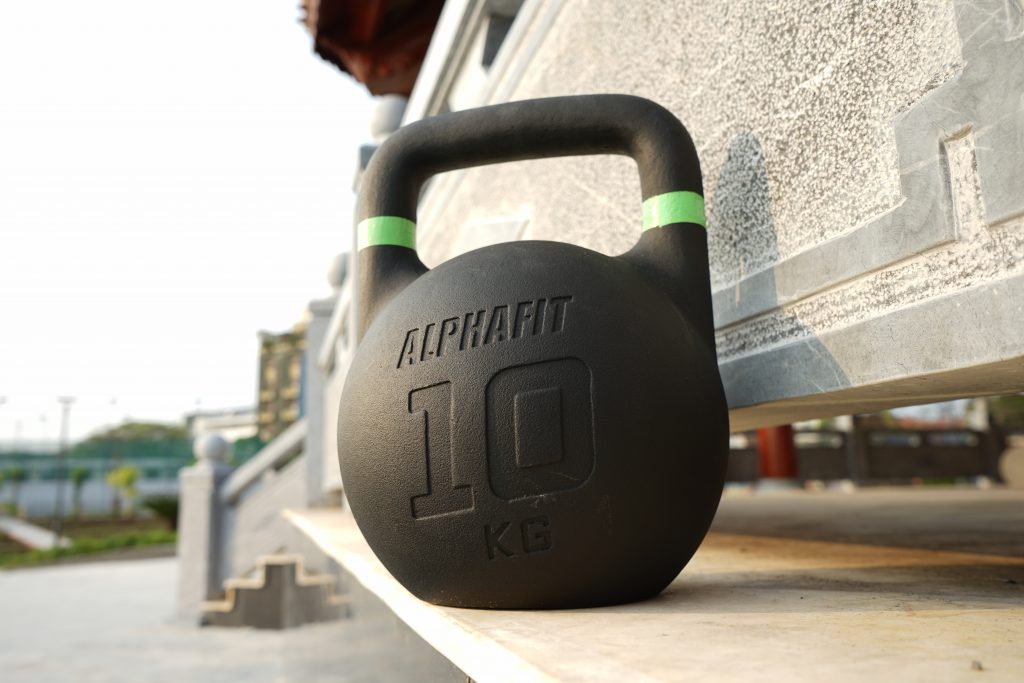Kettlebells are peculiar yet great training tools that can be incorporate into any fitness routine. Some professionals consider them to be among the best pieces of equipment available today, outperforming other free weights, especially the barbell, in terms of utility. How is this even possible?
Katie Dunlop, the founder of Love Sweat Fitness, stated that:
“Kettlebells are great for high-energy workouts designed to increase power, cardiovascular strength, and endurance.” “If your goal is to increase cardiovascular endurance and strength and burn fat, the kettlebell is going to be the best choice,” she adds. “Since there is a singular handle to grip and the weight is isolated in one spot, it’s easier to hold and great for explosive, higher rep exercises, like Russian twists,” she explains.
So, how exactly do kettlebells outperform barbells in terms of utility?
First of all, let’s talk about who should fit kettlebell training
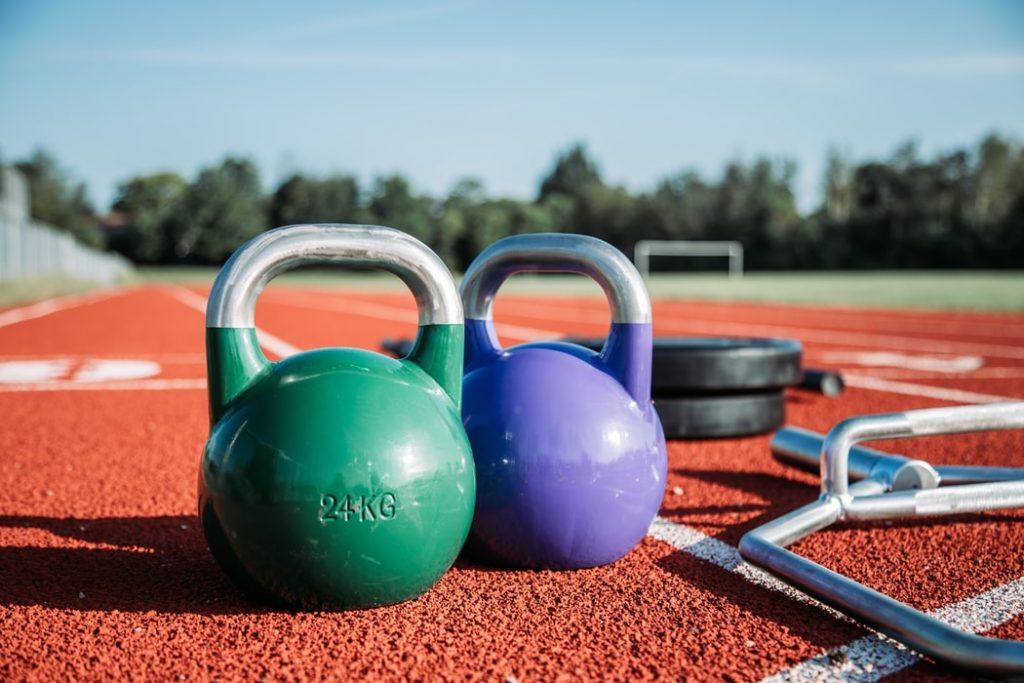
Each fitness tool has its place, and one can not fit all. Therefore, fancying one over the other must be based on the trainer’s goals and preferences. The same happens with the kettlebell.
Despite the fact that kettlebells are so compact and versatile that can be used for a variety of workouts; still, they target a particular community of trainers.
So who are they?
Do you dream of becoming a professional bodybuilder or a fitness model?
If so, without a second thought, just sign up for a gym membership or spend thousands of dollars on a decent set of free weights. That should do the trick!
But if you just simply want to get in shape, lose some weight, and boost your cardiovascular fitness, investing in barbells and dumbbells seems to be quite unnecessary. In fact, with these goals, the kettlebell would be the number one must-have item.
Check the best kettlebell selections that benefit your workout!
What is a kettlebell, exactly?

Before we get into the meat of the matter, let’s find out what a kettlebell actually is.
A kettlebell is a round metal ball with a flat bottom and a handle on top, varying in weight from 5 to 100 pounds.
While cast iron is the most common and well-known material for making kettlebells, the designs, coatings, colors, and grip size can vary.
For those who haven’t heard of kettlebells before, envision a cannonball with a looping handle protruding at the top. And there you have it.
Read more: What are kettlebell?
Kettlebell popularity through decades
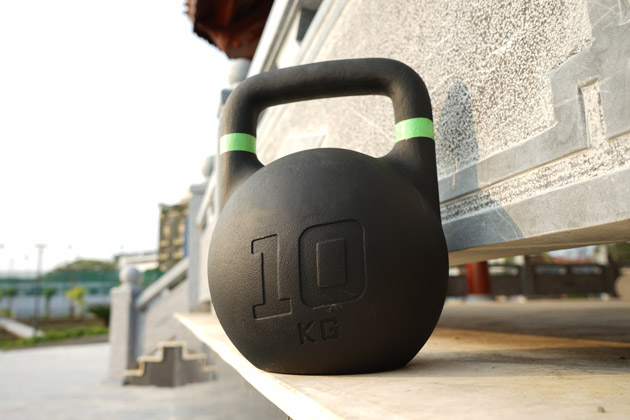
Though the actual origin of the kettlebell is yet unknown, variants of the concept could be traced back to Ancient Greece. There is even a 143kg kettlebell with the inscription “Bibon heaved up me above a head by one head” on display at the Archaeological Museum of Olympia in Athens.
However, the term first appears in a Russian dictionary in 1704 as “Girya,” which translates to “kettlebell” in English.
In the 1800s, a Russian man named Vladislav Kraevsky introduced kettlebell exercises into the fitness community.
He is widely regarded as the country’s founding father of Olympic weight training and the catalyst for the involvement of kettlebells in the weightlifting world. After nearly a decade of traveling around the world researching exercise techniques, this man opened one of Russia’s first weight lifting centers, where kettlebells and barbells were introduced as a core part of a rigorous fitness routine. Since then, kettlebells have risen in popularity across the country.
By the early 1900s, Olympic weightlifters in Russia were using kettlebells to strengthen weaker areas, whereas soldiers started to use them to boost their conditioning in preparation for combat. But it wasn’t until 1981 that kettlebells could reach more regular trainers as the government finally approved kettlebell training for all citizens to improve their physical wellbeing and productivity.
In the United States, the kettlebell has only recently gained wide acceptance. Exercises with kettlebells have become so popular in recent years that celebrities like Matthew McConaughey, Sylvester Stallone, and Vanessa Hudgens have confirmed using them to strengthen and tone their muscles. Gradually, kettlebells are seen everywhere, in every gym and fitness facility, not only in the United States but also in many other countries worldwide.
What distinguishes the Kettlebell from the Barbell?
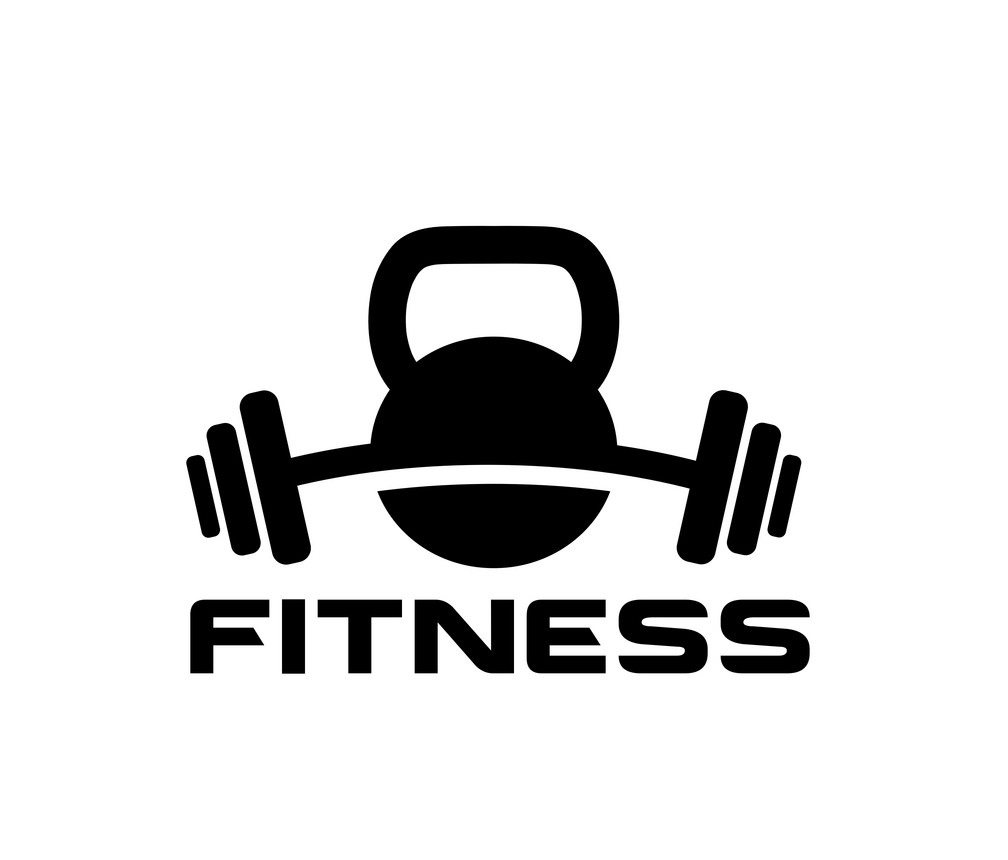
The most visible distinction between a dumbbell and a kettlebell is the shape of the weight, which in turn represents a huge difference in the functionality of each tool.
Barbells are 4 to 7-foot-long bars, loaded with weights on each end and held with both hands. They allow you to lift heavier weights with greater control while also recruiting multiple muscles at the same time.
The off-set weight of the kettlebell, the handle, and the spherical shape, on the other hand, provide a gripping technique in various ways and across different ranges of motion. As a result, they also engage a variety of muscle groups.
Again, we are not arguing that one is more important than the other, but one could be more suitable depending on your training purpose.
Barbell training is straightforward, rational, convenient, inexpensive, and, most importantly, scientifically verified. It has benefited millions of people for decades, and it has acted as the influential strength training foundation for athletes since the early twentieth century.
And of course that some kettlebell movements can be used with dumbbells and vice versa. However, the grip and fluid movement of the kettlebell is unrivaled for a dynamic workout.
Kettlebells exceed barbells in terms of utility
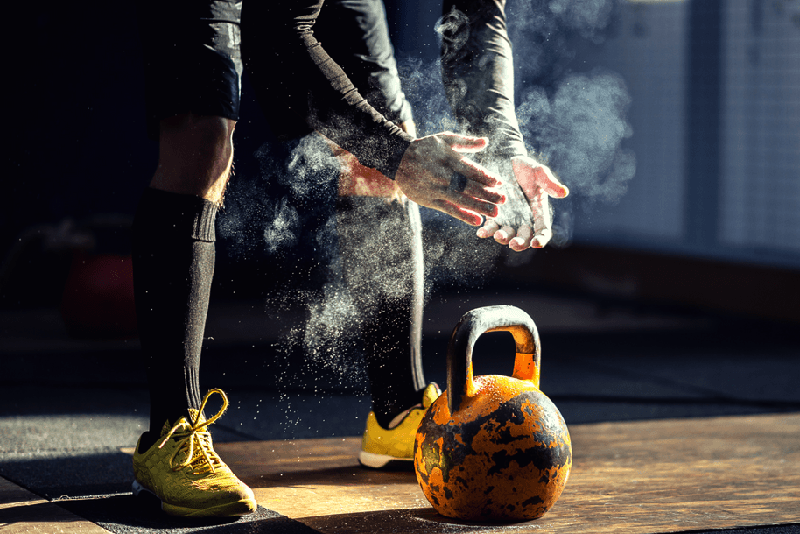
People usually applaud the fact that barbells shine the most when used for heavy-weight workouts, and there is no better tool for measuring the body’s ability to lift the raw weight up and down than the barbell. Thus, it is the preferred equipment for elite powerlifters, Olympic weightlifters, and bodybuilders.
Here are some of the best barbell exercises, which are all compound lifts: back squats, front squats, deadlifts, rack-pulls, sumo-stance deadlifts, bench presses, snatches, power cleans, push presses, power snatches, to name a few.
Since the weight is fixed and stable, the barbell’s range of motion is less likely to deviate from the “normal.” This is advantageous because, when under extreme load, you don’t want the barbell to deviate at all, as this may result in serious injury. Also, this may be viewed as a downside since intelligent training can have elements that push the trainee beyond the limits of safe motions.
And do you know what kind of free weight would handle that? The kettlebell with good gripping, for sure.
Do you know what the greatest drawback of barbell training is?
It is that you can only progress using this tool by adding more weight to the bar, but lifting heavy weights places the body under tremendous stress. In comparison, there are countless ways to improve your fitness with just one kettlebell.
Here are the three most effective ways that you can add progression to any kettlebell workout routine, except for increasing the load:
- Increase the duration or repetitions of an exercise
- Shorten the rest periods between sets and exercises
- Perform a more complicated exercise or variation of an exercise.
What’s more, when it comes to losing weight and enhancing cardiovascular health, metabolic conditioning requiring high-repetition interval training is extremely effective. And Olympic lifts (such as barbell snatches, deadlifts, and squats mentioned above) have nothing to do with the speed at high reps and are prone to cause injuries if done improperly.
To tackle this problem? Ballistic movements patterned after the barbell cousins – the Kettlebell Snatch and Kettlebell Swing, are designed to perform multiple reps without resting. Each rep flows seamlessly through the next. Try to do 200 kettlebell swings for time; you’ll get your heart rate up, and it’ll be a lot safer than doing 200 deadlifts for the same amount of time.
So, without further ado, we can conclude that a high rep training combination of Olympic lifts with a kettlebell is more beneficial for your cardiovascular system, the weight loss process, and it is safer than with any barbell.

Still not convinced?
Slow lifts and grinds with barbells are excellent for improving strength. But kettlebells are just as competitive.
If you don’t believe that you can get very heavy with kettlebells, try pressing a 106-pound kettlebell for five reps. Or do ten front squats with a pair of 70-pound; we bet your body will feel the sore for days. Aside from that, anyone who has done it will tell you that bench pressing two 50-pound kettlebells is vastly more challenging than bench pressing two 100-pound barbells.
When it comes to front squats, performing this movement with a pair of 53-pound bells requires the same amount of effort as front squatting about 150-pounds on a bar. But it’s much more challenging and physically exhausting. Those kettlebells can move around, so pressing them requires the activation of even the minor, stabilizing muscles that surround the big, powerful ones. As a result, more muscle groups will be activated when you train with kettlebells without any further setup.
Conclusion
Each free-weight delivers a distinctive set of benefits, and of course, there must be some drawbacks. Though you can’t do everything with kettlebells that you can with barbells, you can certainly do a lot more with kettlebells than you can with barbells.
So, if you don’t aspire to be a competitive bodybuilder, choosing a kettlebell instead of barbells or any other free-weight alternatives will come in much more handy for an explosive workout routine.
Read more
Single cast iron kettlebell vs cement filled kettlebell: How to tell the difference?


